As a guy who has lived in both UK and HK, I can certainly say there are quite a few differences to take note of when deciding on long-term accommodation. For those moving to the UK from Hong Kong, they may find themselves largely unfamiliar with the different types of housing spread across the UK. So, it might be worthwhile to learn about housing types in the UK to better understand the advantages and drawbacks that come with them.
Surprisingly there is no legal requirement for room ceilings to be at a certain height in the UK. However, the average room height in UK is 2.4 m but ideally 2.6 m to 2.7 m. On the other hand, Hong Kong has requirements that every room used or intended to be used for office or habitation should have a height no less than 2.5 m, measured from floor to height.
Detached House
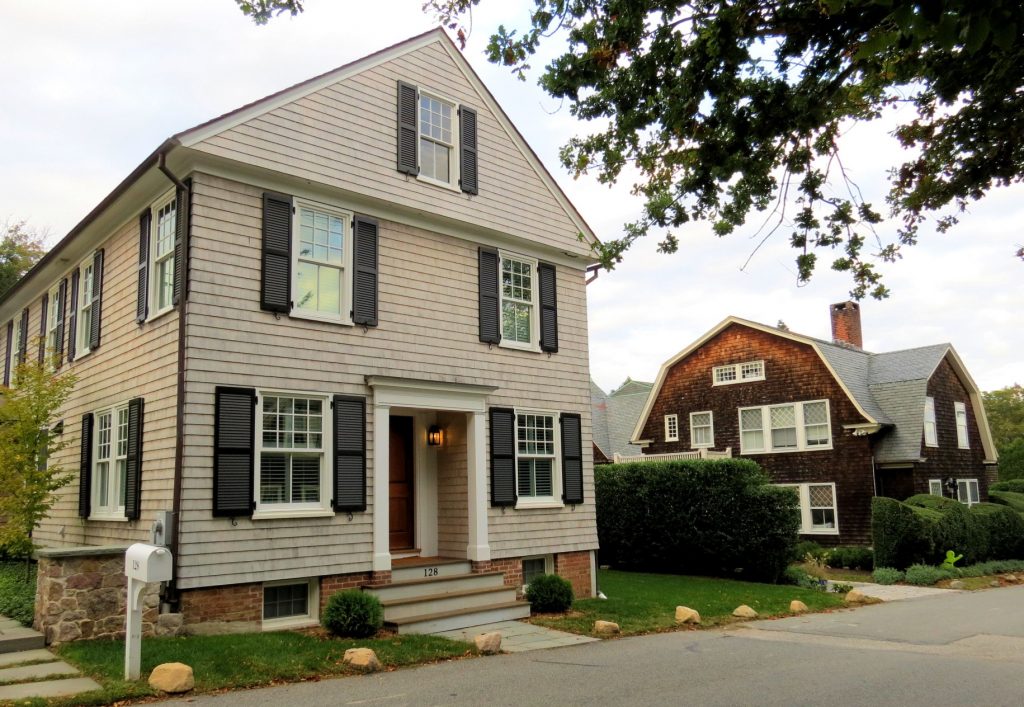
The housing type that offers a greater degree amount of privacy than others, it does not share any wall with other structures. Often built in rural or suburban areas, they typically come with both back and front lawns, which may be ideal for pet owners and those who enjoy outdoor activities such barbequing or gardening. They also tend to come with garages, useful for car-owner. However, a downside with this type is that it tends to be the most expensive housing type to purchase, and comes with high maintenance and upkeep costs.
Semi-detached House
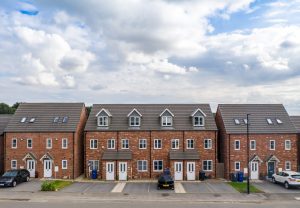
Slightly different from the detached house, the semi-detached house shares at least one wall with an existing structure that is separately owned. These are usually cheaper than detached houses. As you share a wall with a neighbour, there is the possibility of disputes such as noise disturbance that may arise. On that note, any building alterations done would need to be discussed with your neighbour. So, you may need to take these factors into consideration.
Terraced House
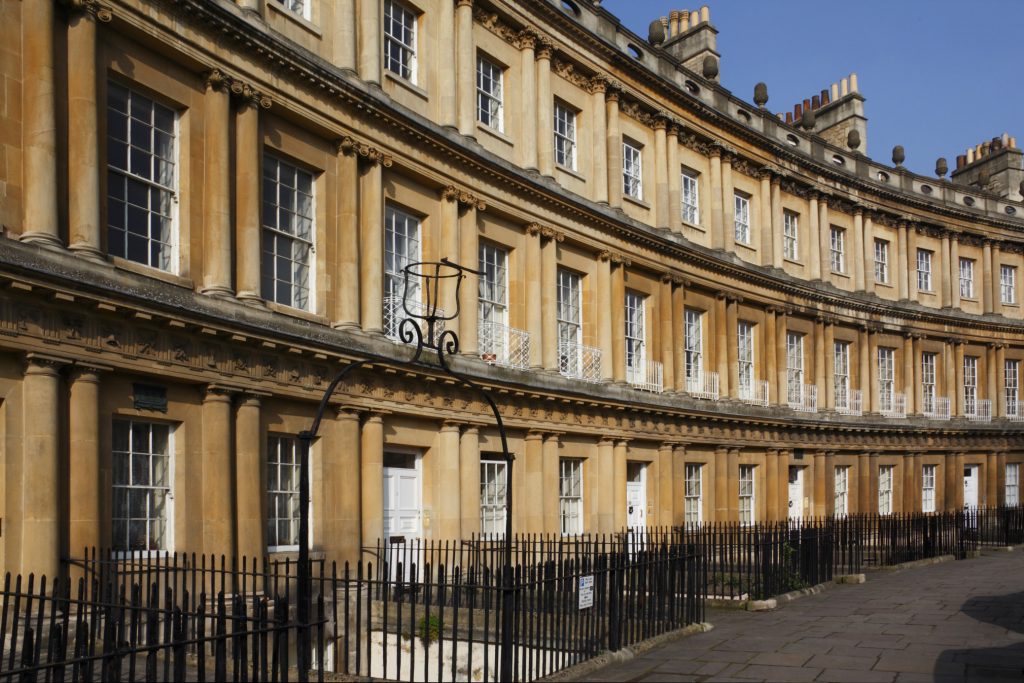
Found commonly in populated areas such as cities, terraced housing are houses that sits in rows that occupy the street. A popular type of housing where land is at a premium, it allows for construction to save a great deal of space. Terrace houses usually share walls on both sides, where the accommodation is ‘sandwiched’ by others. Could possibly offer a bit more security with neighbours on both sides, a bit more foot traffic surrounding the house.
End-of-Terrrace House
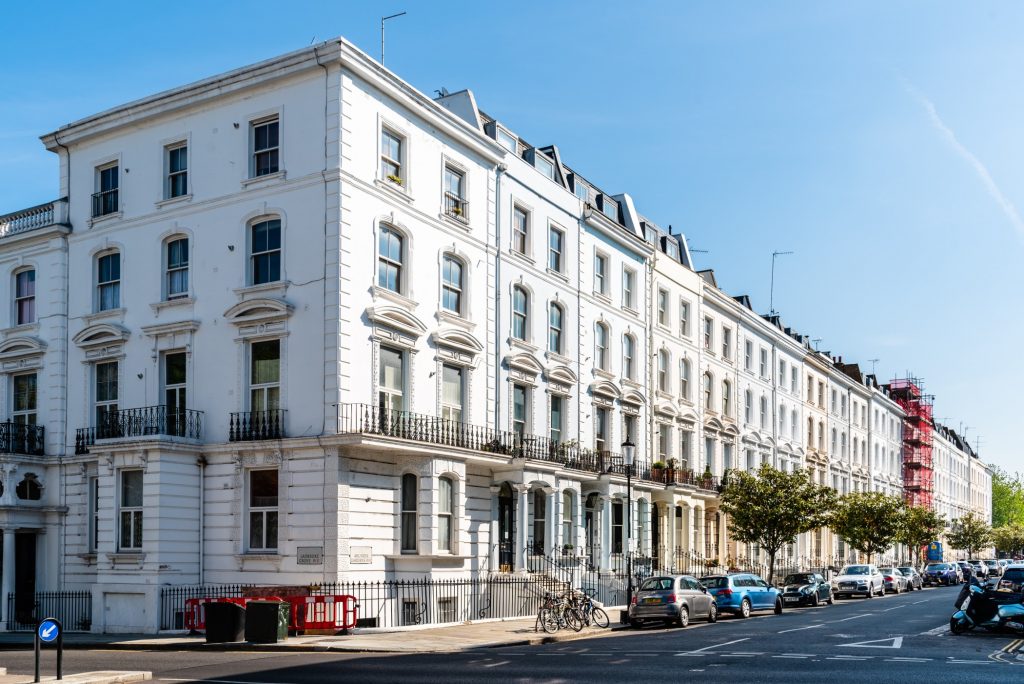
With only minor differences to terrace houses, end-of-terrace houses are found at the end of the rows of the homes. They typically occupy the corners of the street or the ends of roads. They can offer more space and better lighting than the terrace houses in the middle due to the extension sideways. They can cost around 20% more than normal terraced homes.
Flats
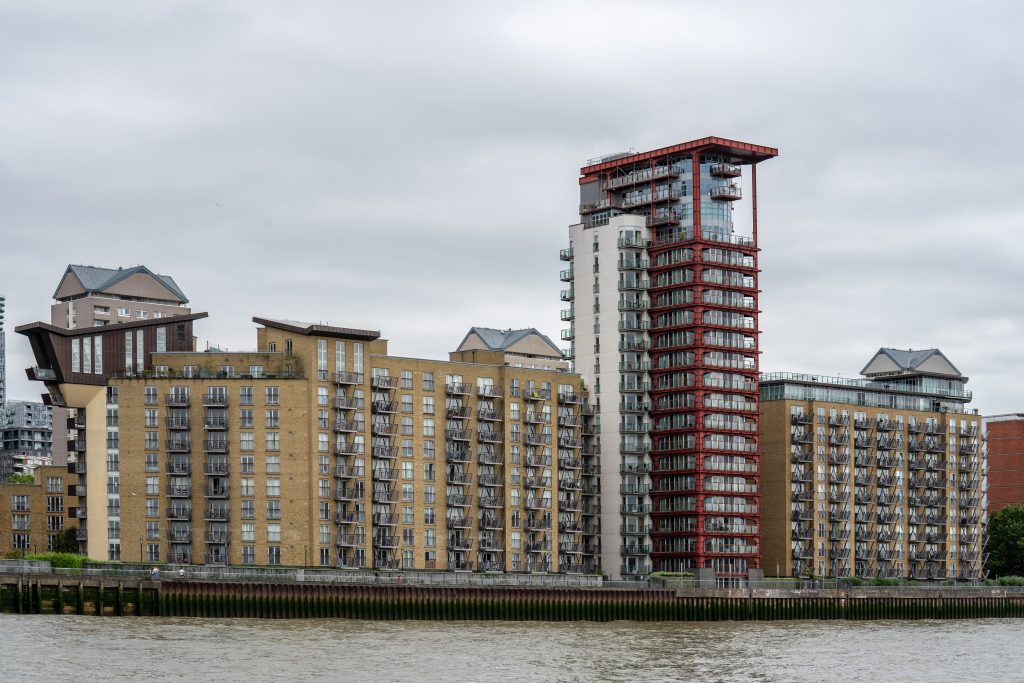 Usually being the smallest type of housing, flats are more affordable compared to the rest of this list. Usually stacked into a single building, similar to Hong Kong, flats are popular in inner city areas due to the space saving advantage. They also usually offer security and concierge that takes care of the building. Depending on the firm that manages the building, the apartment complex may also come with amenities such communal swimming pool and/or gym, clubhouses with reading room or study spaces.
Usually being the smallest type of housing, flats are more affordable compared to the rest of this list. Usually stacked into a single building, similar to Hong Kong, flats are popular in inner city areas due to the space saving advantage. They also usually offer security and concierge that takes care of the building. Depending on the firm that manages the building, the apartment complex may also come with amenities such communal swimming pool and/or gym, clubhouses with reading room or study spaces.
Inside the houses of UK
If you’re interested in what the interior of these houses looks like, take a look at the videos on this YouTube channel.
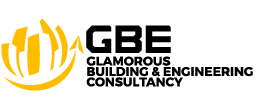


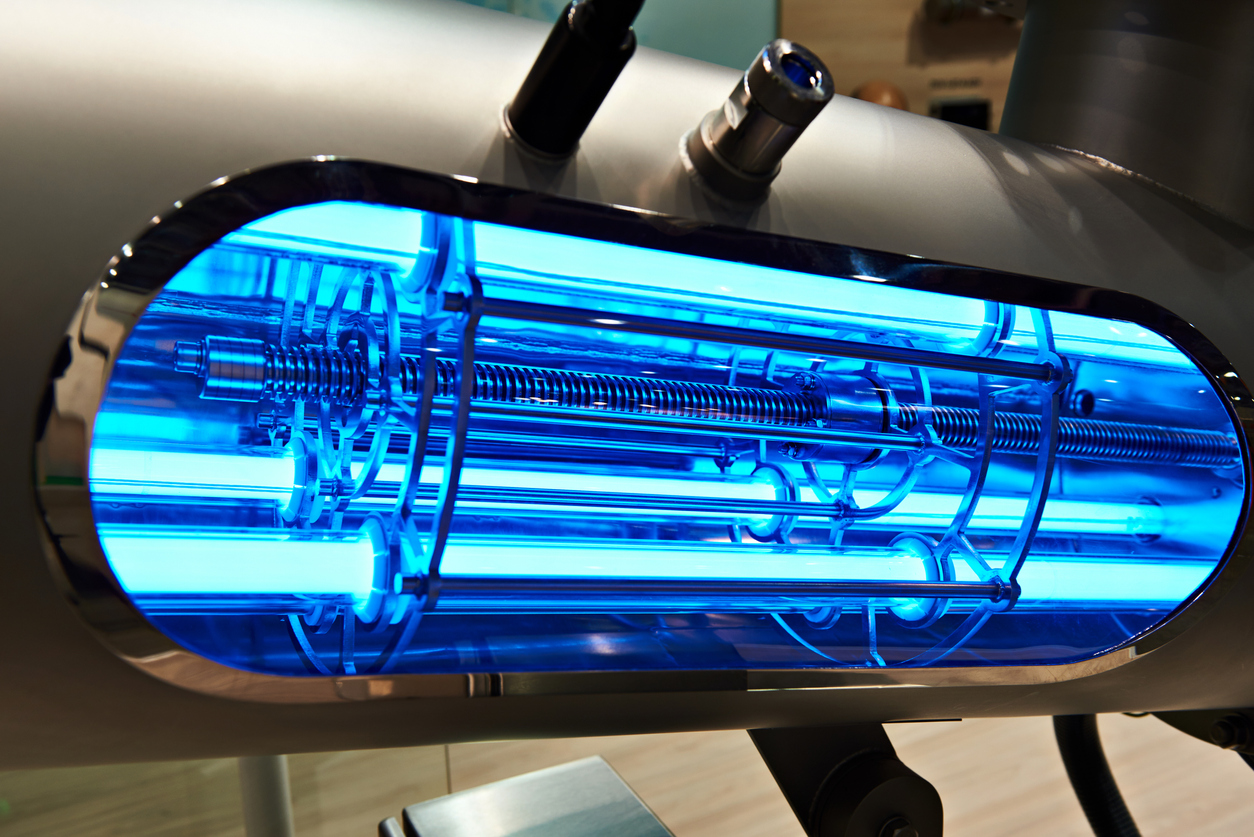





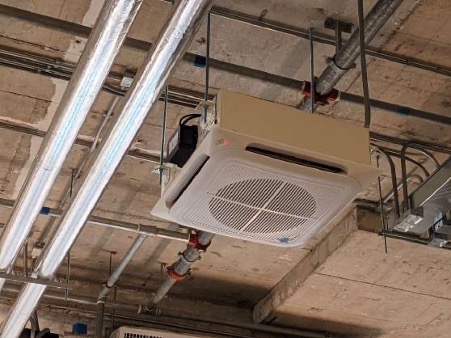
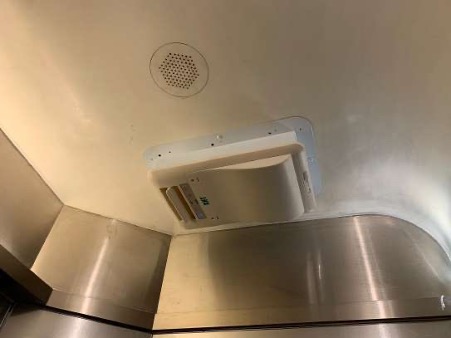


Recent Comments